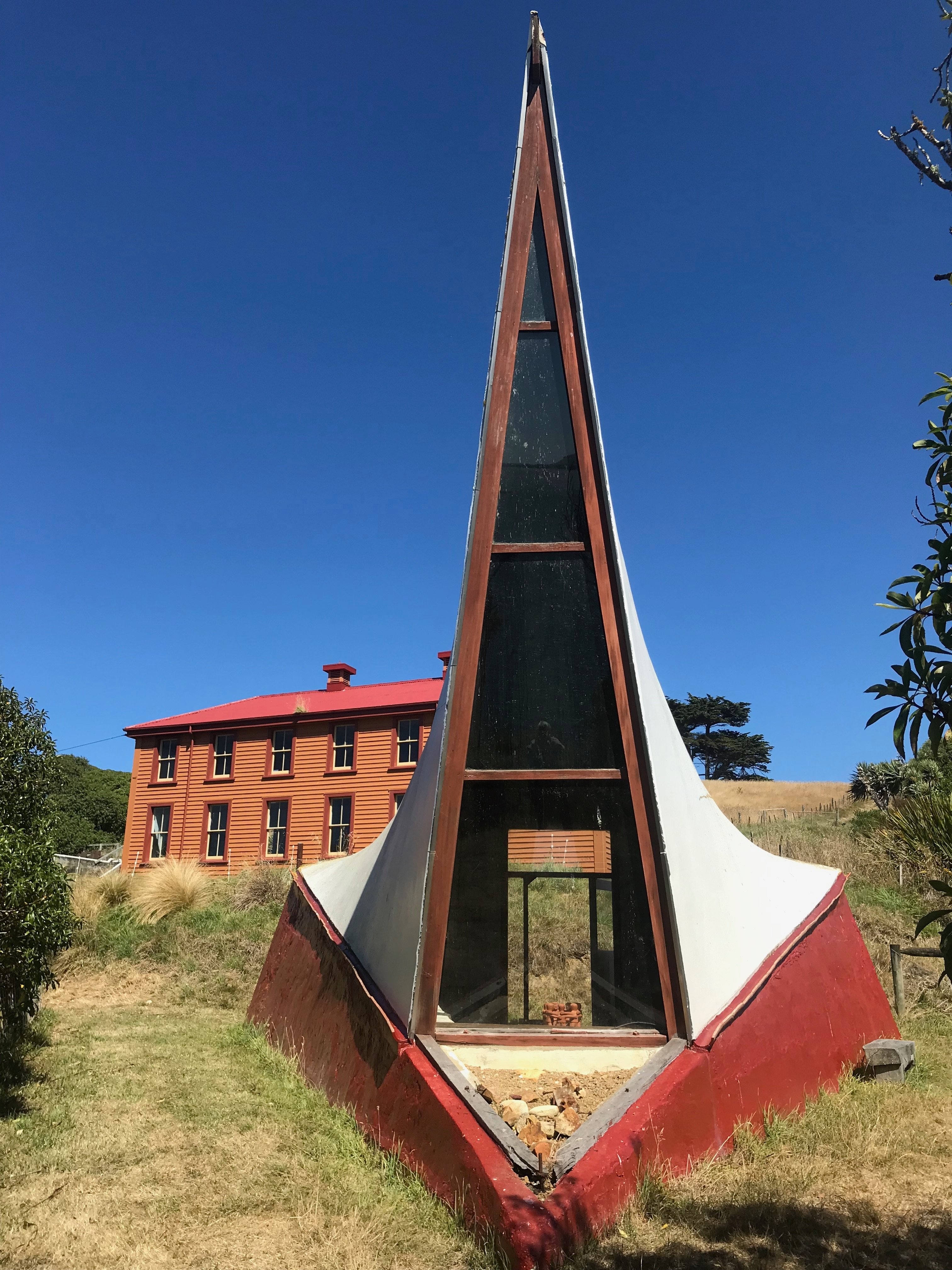Pick up a self guided walking tour map and brochures at the gateway at the end of the wharf or in the Married Quarters Building, or download.
Scroll down for our self-guided walking tour. This page is intended for use on a mobile phone.
If you would like to know more about the Island’s vegetation, see this wonderful ecological trail map made for us by Paulina and Pearl Barry, two talented young American women who volunteered on (and off) the Island in 2019. Paulina updated the map in April 2025.
WW1. Link to another self guided walk – QI in WW1 – how it would have looked as a Military Hospital in WW1. The Keeper can explain what it was like at other times (e.g. 1870’s Quarantine times).
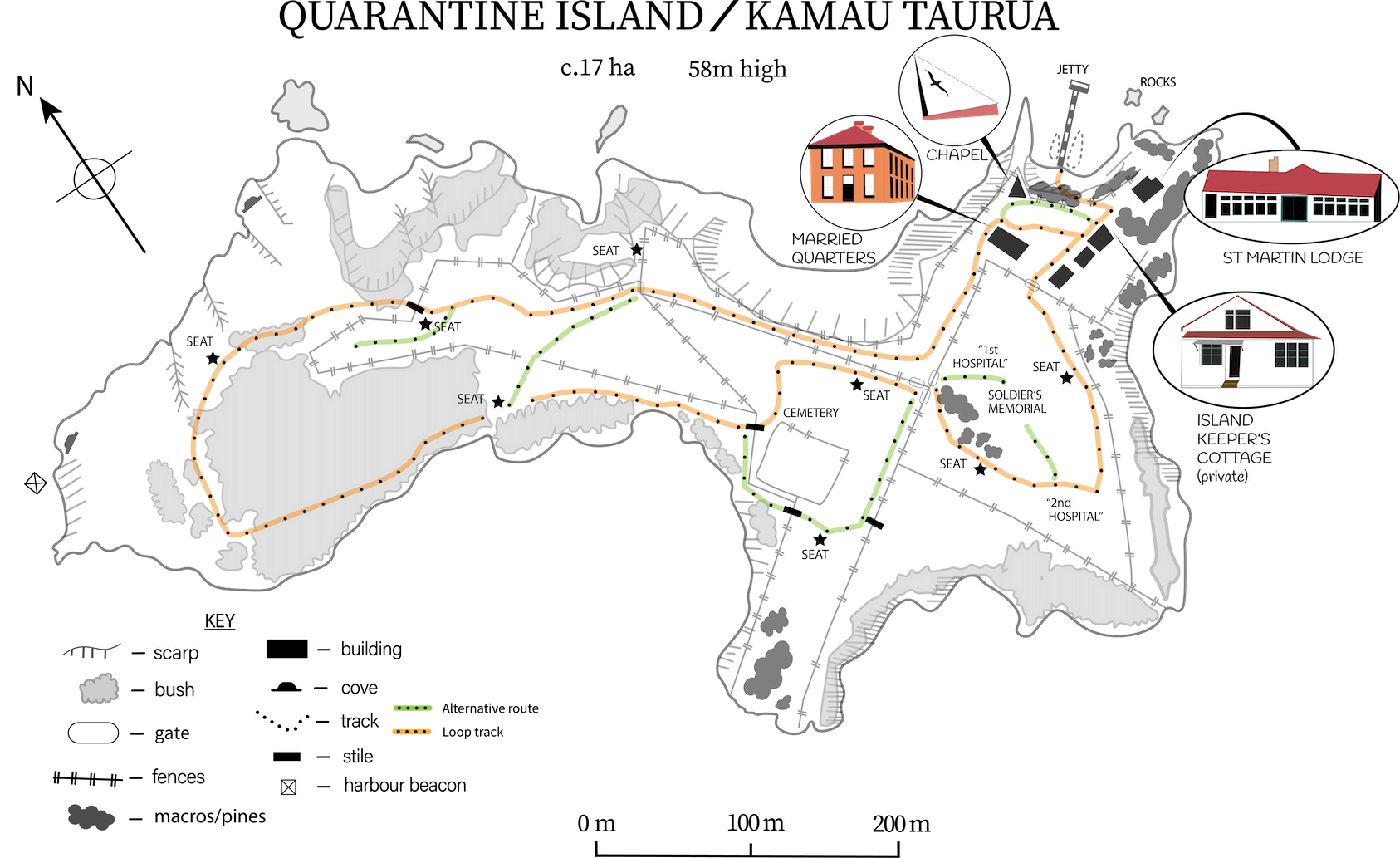
Walking tour guided by mobile phone
Start at the Jetty
1. See the remains of two ships. The steel Waikana is a former harbour ferry, proudly built in Dunedin in 1909 and used until the 1930s. It could carry 800 passengers (the Earnslaw was built in 1912 with similar design). The wooden ship is the Oreti. Built in Australia in 1902, it was used to carry timber from Southland to Dunedin, until brought here for wrecking in the 1930s. They are both very fragile and sharp – keep off.
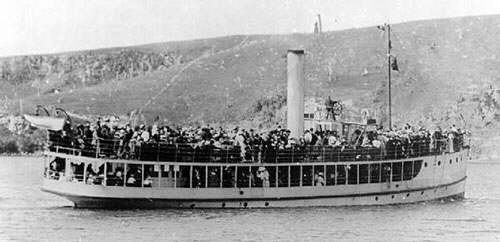
2. You will pass under a beautifully carved gateway. This was carved by one of the Community members, Pav Pawlowicz, to mark the 50th anniversary of the St Martin Island Community (1958-2008), now renamed. The carving captures many special aspects of Island history and Maori legend.

3. St Martin Lodge (private). This has been built around the original Keeper’s cottage (1873) in the 1920s. The windows and other parts were from the NZ and South Seas Exhibition (1925-1926). It has basic accommodation for 30 people. The only toilets on the island are accessible from the back of the Lodge.
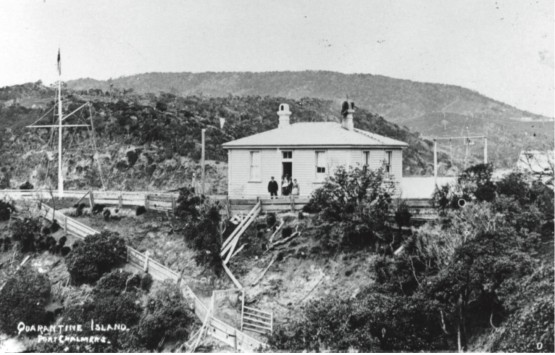
John and Elizabeth Dougall and son Will, late 1880s (Keepers 1861-1824) are shown in the photo below.
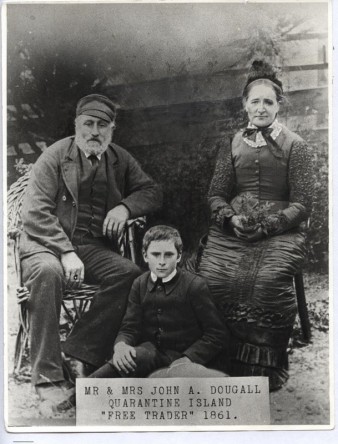
4. The Cottage (private). The first part was built in 1916 as a ‘Recreation Hut’ for the staff of the ‘Port Chalmers Military Hospital’ and extended in 1989- 1990. The Island Keeper lives here.

5. The Woolshed (1916, rebuilt 1975) retains the shape of the ‘Ablutions Hut’ built for the military hospital.
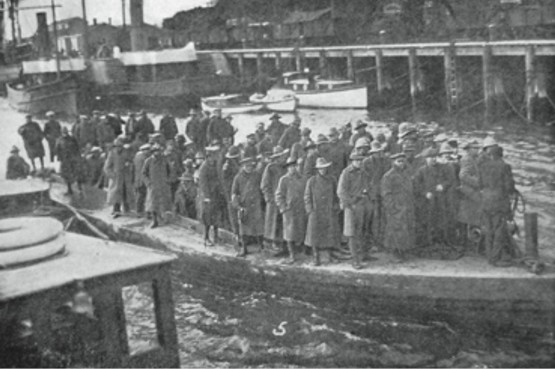
6. The Married Quarters (1873) is the only two-storied building from quarantine times on its original site, left in NZ. It was part of a much larger complex including single women’s dormitories and a dining room.
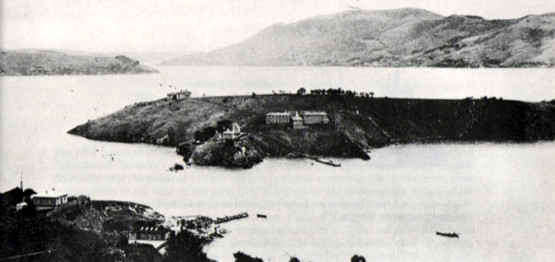
7. The Chapel (completed 1973). An innovative design by Bob Oakley. It was a major undertaking for the early Community reflecting values of ‘work and worship’. The lower walls are built from rammed earth and benches from timbers recycled from the old jetty.
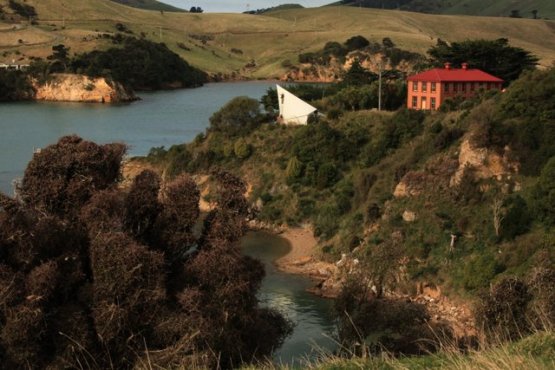
8. Look out for the roosting spoonbills on the way up the road to the hospital site.
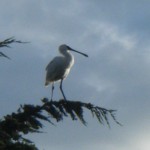
9. The second and main hospital (1873) was a two-storied building with two 12 bed wards. Look for two brick chimney foundations on the hill. The perimeter is pegged out. The chimney is very fragile now, please keep off.
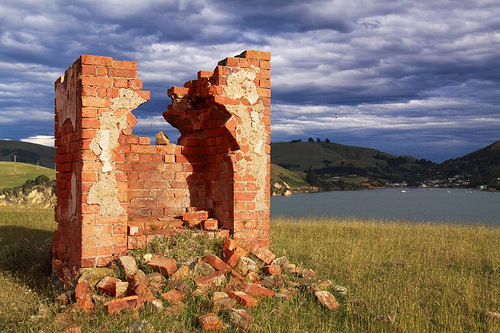
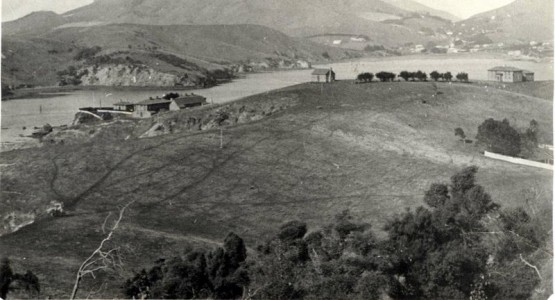
10. Shot at Dawn Memorial. This commemorates the five NZ soldiers executed following courts-martial in France and Belgium during WW1. This simple memorial, erected by the Community, is the first in NZ.
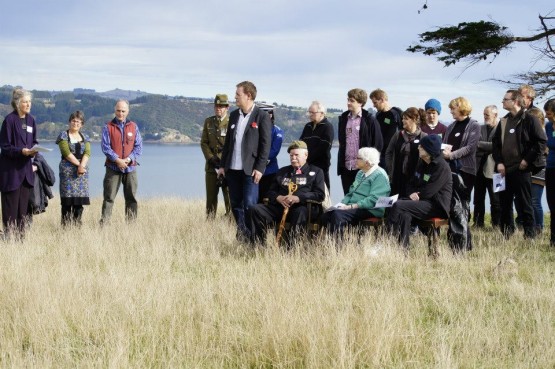
11. The memorial is on ground levelled by soldiers in WW1 as a parade ground. This area was also used by the 90 Huskies and handlers who stayed here on their way to Antarctica with Byrd’s expedition in 1928.
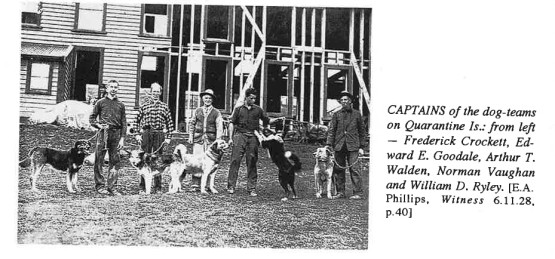
12. First hospital (1863). Traces remain. Pegs show the building perimeter.
13. The cemetery. 72 people were buried here – those who died in quarantine, the first Keeper (John Dougall) and some of his family. There is also a memorial to the Rev. Dave Wilson, the Community’s first resident caretaker, who lived here for 10 years.
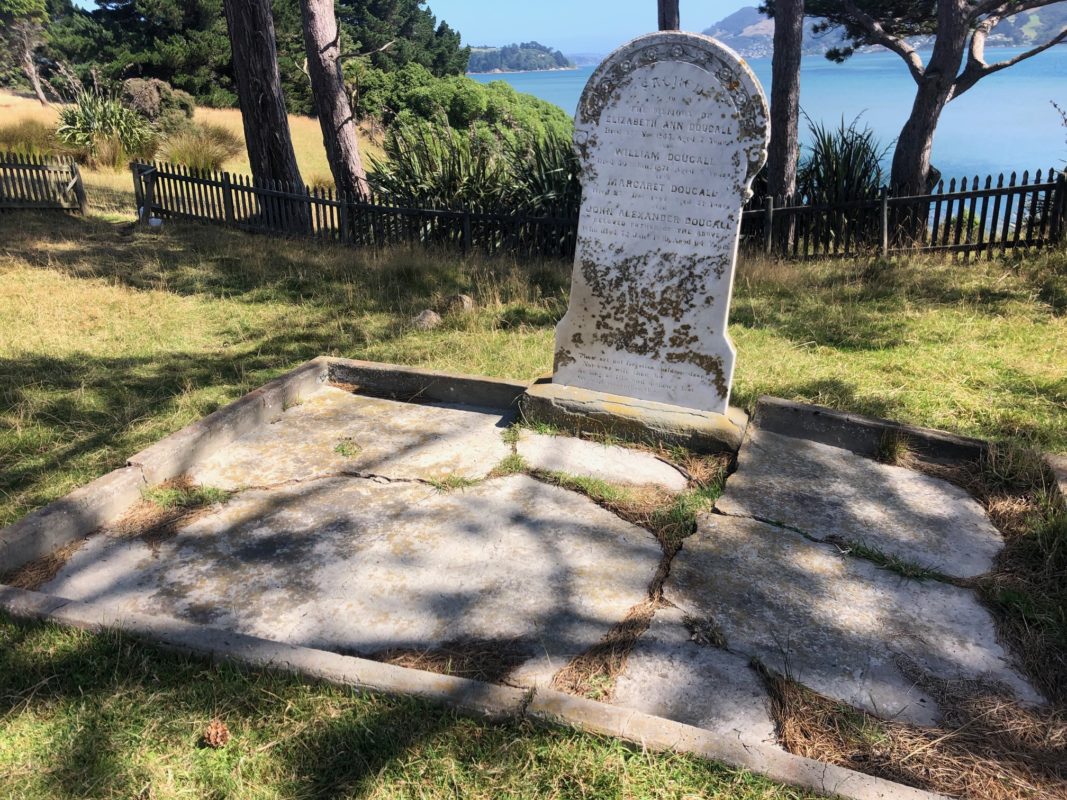
14. Planting and revegetation by school groups and volunteers. As you walk around the Island you will see where we are making a difference.
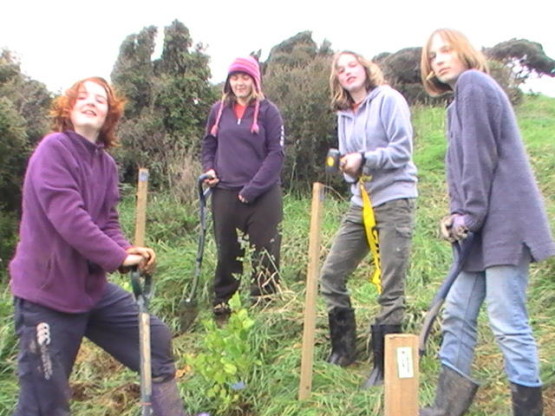
15. Walk through the bush to views of shag colonies and Nicol’s passage (shipping channel)
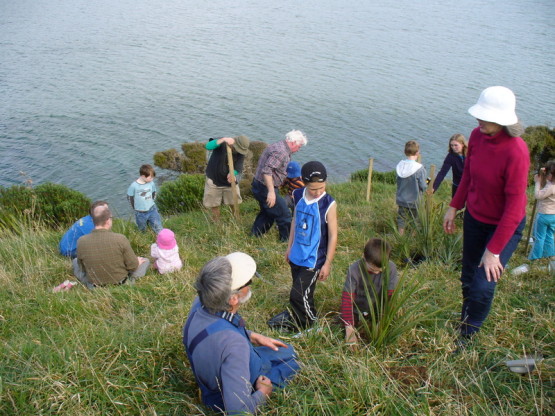
Walk with me around the Island to meet its animals and birds.
We’ll walk up the track from the jetty to be greeted by the heartiest of island birds, three cheerful white hens. They’ve been down on the beach scratching up sandhoppers in the seaweed, but obviously think you’re more interesting. Mind your sandwich!
If we pause to go to the loo at the lodge, we can also peek out the porch window at a wonderful sight. Kawau paka, the Little Shags pairs are visible precariously nesting in trees directly below. The largest Otago population of these nests each year on the SE cliffs, protected from disturbance by humans and dogs alike. You couldn’t get a more comfortable viewing hide.
As we pass the Cottage, look left – the herons and majestic spoonbills are perching in the macrocarpas! Now, we wander up through the paddock, past the paradise ducks, and follow the track to the top of the Island where sky surrounds us, gulls soar, and pest magpies hunt small birds and skinks. This is the windswept farm of the Island, with our flock of sheep who know all the comfy hideaways.
Turn full circle with me; we’re in the centre of the harbour, on one side we look to the sand flats where tōrea, the oyster catchers are feeding, and in the other direction the long sweep out to Aramoana and the sea. Sometimes there are sealions feeding out there; very occasionally a whale or dolphins.
We can run if you want down the the grassy hillside, or rolypoly, or just walk, down to the fence line and stile. This is where the Island transforms, from farm to wilderness, where we see the real magic of regeneration; a baby forest in the toughest environment, hundreds of young trees, planted, tended and watered, all by hand.
You were probably wondering why we’re carrying shears; yet, stopping to cut away the grass around some of the tree, we take in the quiet… hear the lark singing far above us … smell the salt and earth.. and relax.
Let’s carry on along the bush track that winds around the end of the island. There are small clearings where we pause above the channel between the island, and enjoy the songs of the small bush birds such as korimako the bellbird. You may notice here and there the tracking tunnels, placed to monitor the Norway rat population. Oddly enough these pests serve a purpose, for their presence in small numbers seems to be keeping away mice and the far more dangerous Ship rats.
Back out of the bush and nearly home for a cuppa, we wander round the cliff tops far above the gulls and shags. As dusk settles in, we find ourselves sitting outside the lodge after dinner, and we may hear the ‘wheep’ of the little German owls who live and nest in the bush around the bay.
Kuini Scott

